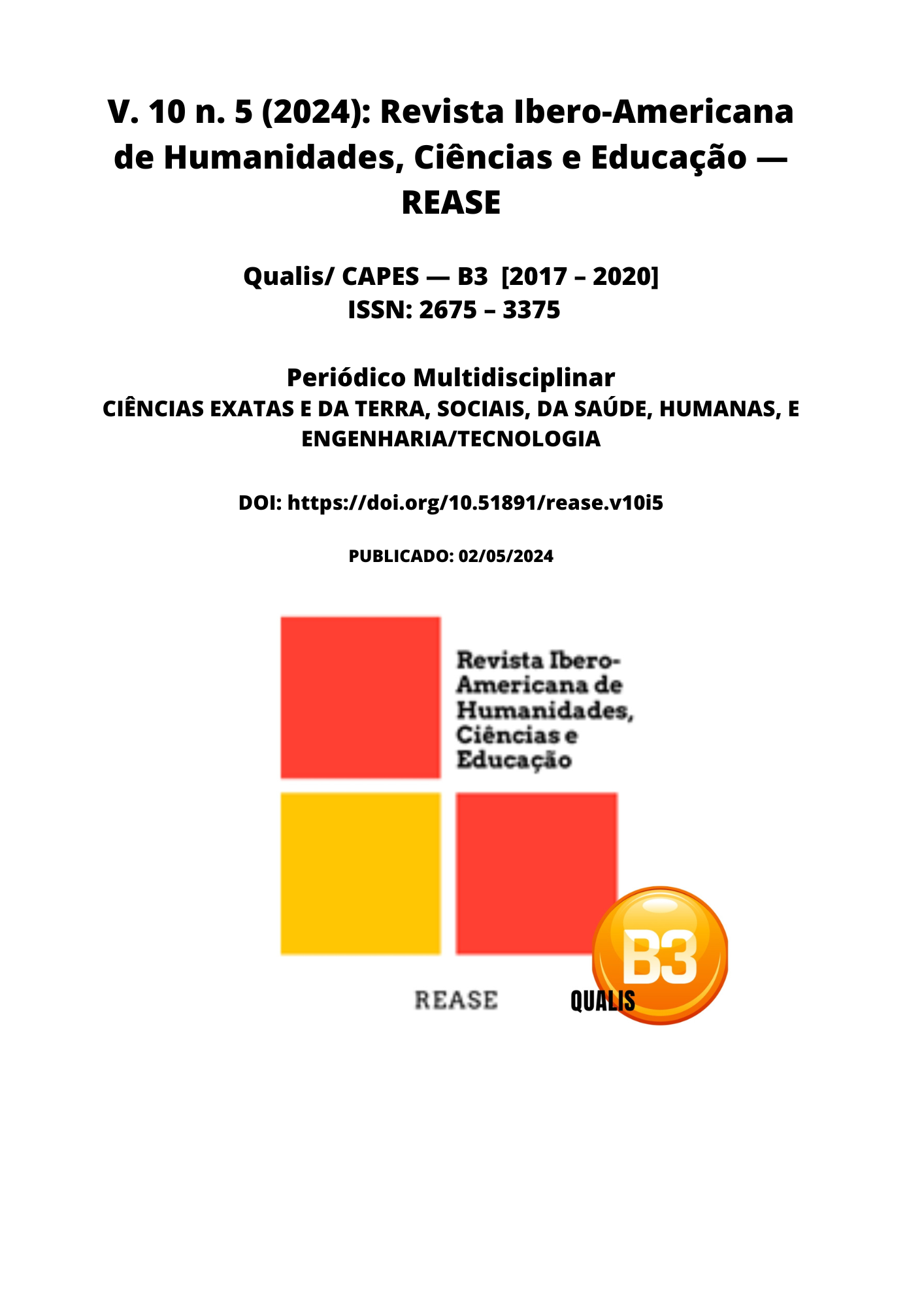THE CIVIL LIABILITY OF DIGITAL INFLUENCERS TO THE INJURED CONSUMER
DOI:
https://doi.org/10.51891/rease.v10i5.14101Keywords:
Digital influencer. Digital marketing. Civil responsibility.Abstract
The unbridled growth of social networks as a professional environment brings about the need for changes as legal relationships are established between people, within the digital environment, and law, as we know, is not an absolute science, it has been evolving since the beginnings according to the needs of human relationships, and this change never stops happening. The work on screen aims to demonstrate the consequences and repercussions that generate the influence of content creators towards their followers, making a parameter in light of Brazilian legislation, such as the Consumer Protection Code (CDC); Civil Code (CC); Federal Constitution (CF); National Advertising Self-Regulation Council (CONAR); Consumer Protection and Defense Program (PROCON) with doctrines and jurisprudential understandings and scientific articles and expert opinions.
Downloads
Downloads
Published
How to Cite
Issue
Section
Categories
License
Atribuição CC BY

